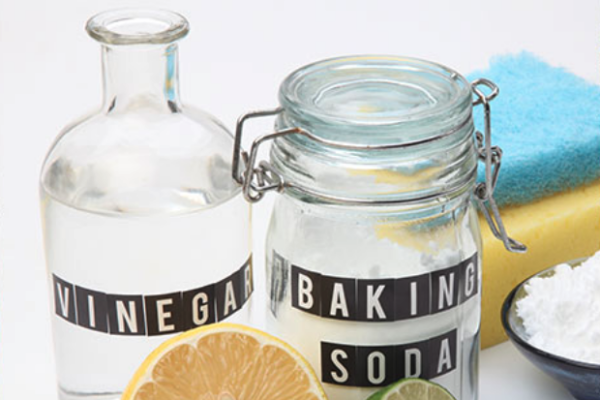FEATURED
What is acetic acid?
Acetic Acid
What is acetic acid?
Acetic acid is also known as ethanoic acid, ethylic acid, vinegar acid, and methane carboxylic acid. Acetic acid is a byproduct of fermentation and gives vinegar its characteristic odor. Vinegar is about 4-6% acetic acid in water. More concentrated solutions can be found in laboratory use, and pure acetic acid containing only traces of water is known as glacial acetic acid. Dilute solutions like vinegar can contact the skin with no harm, but more concentrated solutions will burn the skin. Glacial acetic acid can cause skin burns and permanent eye damage and will corrode metal.
What is acetic acid used for?
Acetic acid is used in the manufacture of acetic anhydride, cellulose acetate, vinyl acetate monomer, acetic esters, chloroacetic acid, plastics, dyes, insecticides, photographic chemicals, and rubber. Other commercial uses include the manufacture of vitamins, antibiotics, hormones, and organic chemicals, and as a food additive (acidulant). It is also used in various textile printing processes.
What are natural sources of acetic acid?
Acetates (salts of acetic acid) are common constituents of animal and plant tissues and are formed during the metabolism of food substances. Acetate is readily metabolized by most tissues and may give rise to the production of ketones as intermediates. Acetate is used by the body as a building block to make phospholipids, neutral lipids, steroids, sterols, and saturated and unsaturated fatty acids in a variety of human and animal tissue preparations.
What are the health effects of acetic acid exposure?
The low concentrations most people encounter in vinegar and other foods are harmless. At higher concentrations that could be encountered in a laboratory or factory, acetic acid is a strong eye, skin, and mucous membrane irritant. Prolonged skin contact with concentrated acetic acid may result in tissue destruction. Inhalation exposure to high concentrations of acetic acid vapors causes irritation of the eyes, nose, and throat. People with high occupational exposure can develop conjunctivitis, bronchitis pharyngitis, and erosion of exposed teeth (incisors and canines).
Uses & Benefits
One of the most common ways consumers may come into contact with acetic acid is in the form of household vinegar, which is naturally made from fermentable sources such as wine, potatoes, apples, grapes, berries and grains. Vinegar is a clear solution generally containing about 5 percent acetic acid and 95 percent water. Vinegar is used as a food ingredient and can also be an ingredient in personal care products, household cleaners, pet shampoos and many other products for the home:

- Food Preparation: Vinegar is a common food ingredient, often used as a brine in pickling liquids, vinaigrettes, marinades and other salad dressings. Vinegar also can be used in food preparation to help control Salmonella contamination in meat and poultry products.
- Cleaning: Vinegar can be used throughout the home as a window cleaner, to clean automatic coffee makers and dishes, as a rinsing agent for dishwashers, and to clean bathroom tile and grout. Vinegar can also be used to clean food-related tools and equipment because it generally does not leave behind a harmful residue and requires less rinsing.
- Gardening: In concentrations of 10 to 20 percent, acetic acid can be used as a weed killer on gardens and lawns. When used as an herbicide, the acetic acid can kill weeds that have emerged from the soil, but does not affect the roots of the weed, so they can regrow.

